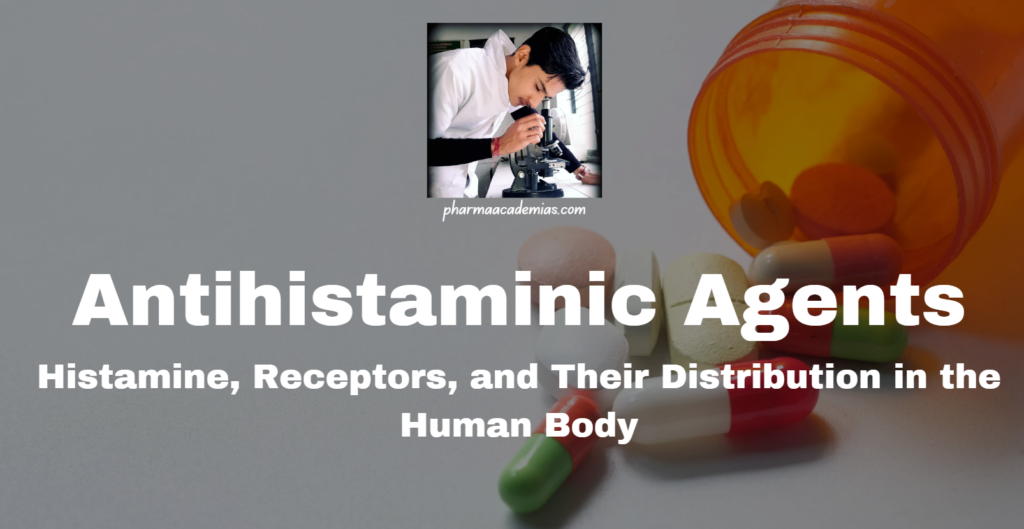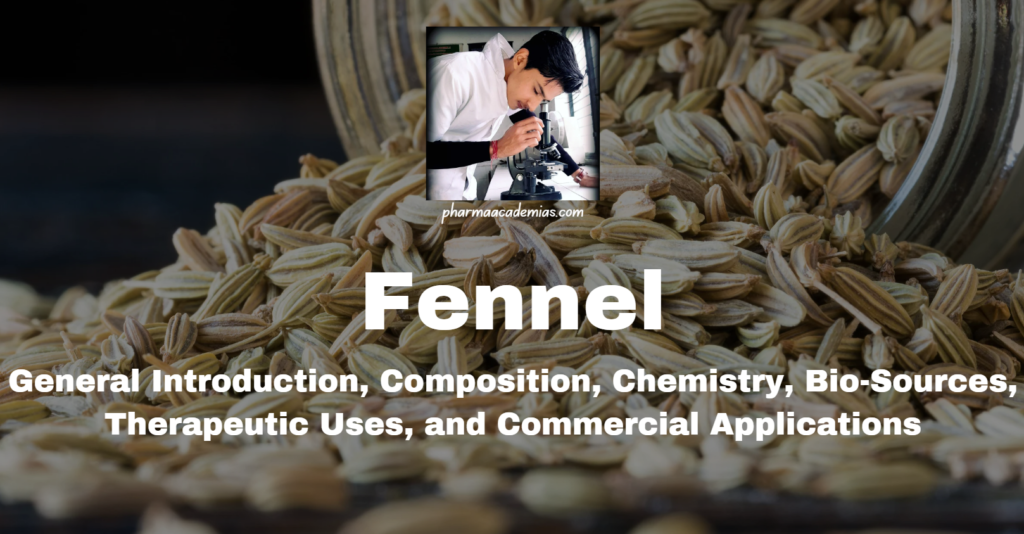Hematinics are agents that improve the quality and quantity of red blood cells and are used primarily in the treatment of anemia. Anemia is a condition characterized by a deficiency in the number or quality of red blood cells, which impairs the oxygen-carrying capacity of the blood. Hematinics can be used to address various types […]
Category: SEM-V
Antihistaminic agents, commonly referred to as antihistamines, are drugs that counteract the effects of histamine, a vital biogenic amine involved in various physiological and pathological processes. These agents are primarily used to manage allergic conditions, gastrointestinal issues, and certain central nervous system disorders. Below is a comprehensive exploration of histamine, its receptors, and their distribution […]
The illegal cultivation, manufacture, sale, and export of opium are subject to severe penalties under both international and national laws. The regulations surrounding these activities aim to prevent the illicit production and trafficking of opium, which can fuel drug abuse and organized crime. Governments enforce stringent penalties to deter unauthorized activities involving opium poppy cultivation […]
General Introduction Coriander (Coriandrum sativum), also known as cilantro (for its leaves) or Chinese parsley, is a herb from the Apiaceae family. It is native to regions spanning Southern Europe, North Africa, and Southwestern Asia. The plant is grown for both its leaves and seeds, which are extensively used in culinary practices across various cultures. […]
General Introduction Fennel is a flowering plant belonging to the Apiaceae family, native to the Mediterranean region but now widely cultivated worldwide. The plant is known for its aromatic seeds, leaves, and bulbs, which are used both as a culinary spice and for medicinal purposes. Fennel is particularly valued in the Mediterranean, Indian, and Middle […]
General Introduction Cinnamon is one of the oldest known spices, derived from the inner bark of trees belonging to the Cinnamomum genus, primarily Cinnamomum verum (True Cinnamon or Ceylon Cinnamon) and Cinnamomum cassia (Cassia). It is native to Sri Lanka, India, China, and Southeast Asia. Cinnamon is highly valued for its sweet, warm aroma and […]
General Introduction Clove (Syzygium aromaticum) is a dried flower bud derived from the tree of the same name, native to the Maluku Islands in Indonesia, and now widely cultivated in tropical regions such as Madagascar, Sri Lanka, and India. Clove has been used for centuries in traditional medicine, cooking, and perfumery due to its aromatic […]
General Introduction Mentha, commonly known as mint, is a genus of plants belonging to the Lamiaceae family, comprising about 25-30 species. These aromatic perennials are native to Europe, Asia, North America, and Africa. Mint plants are well known for their refreshing aroma, cooling sensation, and diverse applications in food, cosmetics, medicine, and aromatherapy. The most […]
Volatile Oils
Introduction Volatile oils, also known as essential oils, are concentrated hydrophobic liquids containing volatile aroma compounds extracted from plants. They are termed “volatile” due to their ability to evaporate at room temperature, thus readily releasing their aromatic components into the air. These oils are responsible for the characteristic fragrances of plants and are widely used […]
General Introduction Digitalis is a genus of about 20 species of herbaceous perennials, shrubs, and biennials commonly known as foxgloves. The most commonly known species within this genus, Digitalis purpurea (the common foxglove), has been used medicinally for centuries, primarily for its cardiac glycosides, which are compounds that influence heart function. Digitalis is native to […]










